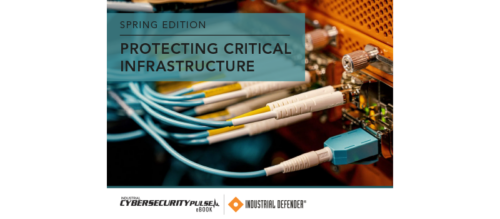Seven tips to help combat counterfeits
Following these seven tips can help you spot counterfeit products and keep your workers and plant safe from potential hazards
1. Buy authentic: The best way to avoid counterfeit electrical products is to purchase products from the manufacture’s authorized distributors or resellers. There is a higher risk of counterfeits if one cannot trace the path of commerce to the original manufacturer.
2. Verify authentication: When possible, use tools provided by the original manufacturer or certification organizations to verify electrical products are authentic. Eaton’s new Circuit Breaker Authentication (CBA) tool is designed to allow customers to detect if Eaton molded circuit breakers (MCCBs), up to 400 amperes, are counterfeit. By entering the bar code, part number and date code found on the circuit breaker, the CBA tool is intended to immediately verify authentication. To learn more, or download the CBA tool, visit www.eaton.com/counterfeit.
3. Scrutinize labels and packaging: When purchasing an electronic product, check for certification marks from organizations that certify the quality and performance of electrical products. Avoid products that lack any identifying branding label or affiliation. Be leery of additional markings or labeling not applied by the original manufactures with missing or poor-quality labels, out-of-date product codes and non-genuine packaging. As counterfeiters become more sophisticated, counterfeit products become even more difficult to detect this way, creating an increasing need for additional scrutiny.
4. Avoid “bargains”: When shopping for electrical products, avoid prices that seem too good to be true. Compare the price of that product to a similar product at a different retailer. If it seems too good to be true, the odds are it is.
5. Pay close attention to products purchased: Quality control is often lacking in counterfeiting operations, so you may be able to spot a counterfeit simply based on its workmanship. If it is a product that is purchased habitually, compare the quality and the price of that product at a different retailer. Be cautious of products that seem flimsy or are noticeably poorly made.
6. Make sure everything is there: Counterfeit products often don’t include supplementary materials such as owner’s manual or product registration card. Sometimes counterfeiters do not include all the parts that should come with the product, or some parts will be from a different manufacturer.
7. Report suspected counterfeits: If a product is suspected to be counterfeit, it is recommended to contact the brand owner. This will allow authentication of the suspect product and ensure that the potentially unsafe product is removed from the market place.
Check below for the May cover story, which goes into greater detail into how to spot counterfeit products and what effects they have on workers.
For more cybersecurity coverage and information check out our sister site, Industrial Cybersecurity Pulse.





